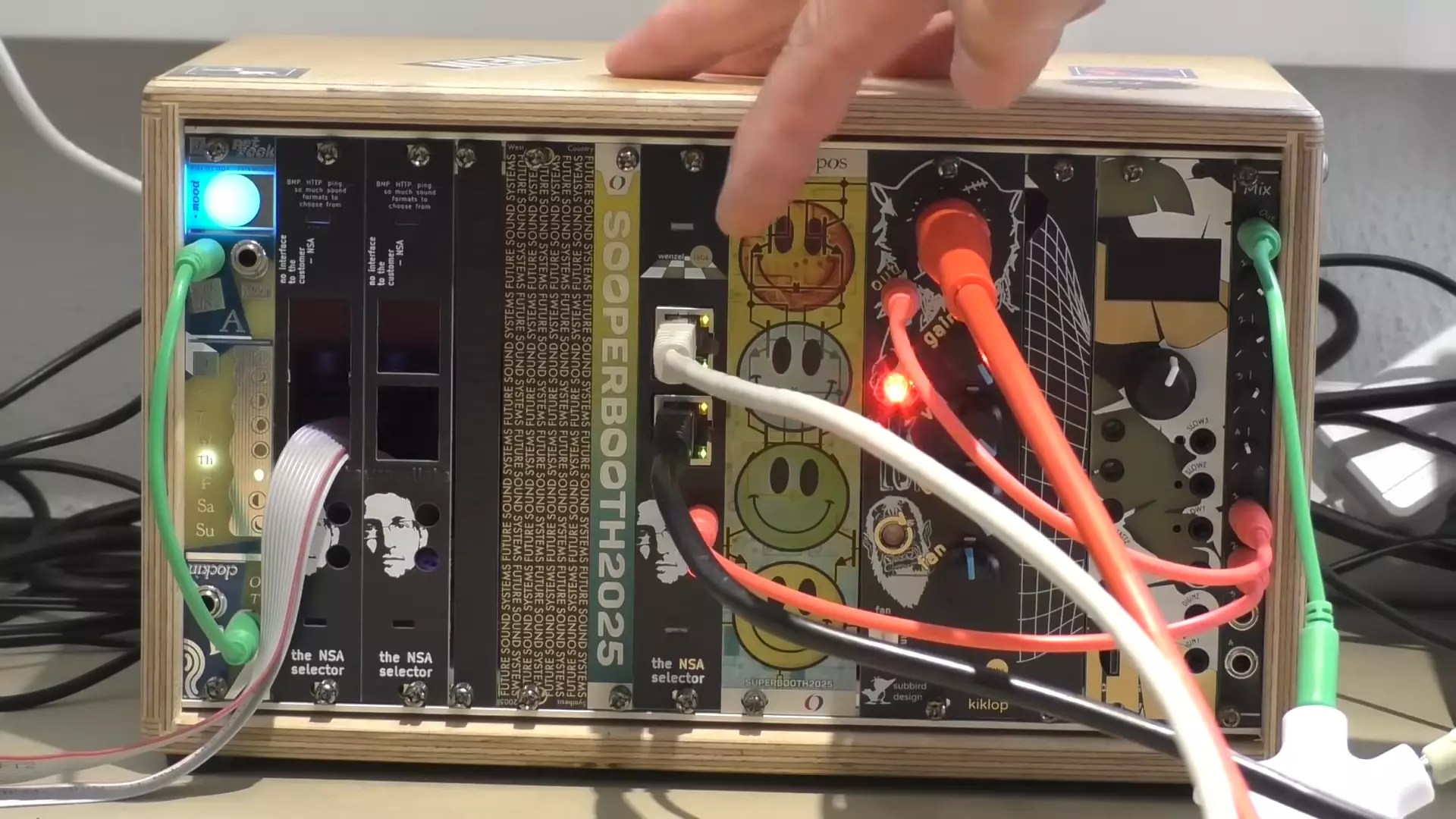In a world increasingly defined by its digital undercurrents, the idea of repurposing everyday network traffic into musical experiences presents an audacious shift in creative thinking. The concept of transforming the invisible streams of information flowing through Ethernet cables into raw, unpredictable sound embodies a rebellious spirit—an assertion that even the most mundane digital data can become a source of artistic expression. This radical approach challenges traditional notions of music production, pushing the boundaries of what is possible within the realm of modular synthesis. Instead of viewing network traffic as meaningless noise or static, artists and hackers alike are beginning to perceive it as a novel palette of sonic textures, ripe for exploration.
This perspective underscores a broader philosophical stance: that chaos and disorder, often shunned in compromise-driven musical environments, can yield compelling sounds. The Ethernet-to-audio concept exemplifies this, turning network activity—be it web browsing, app loading, or data transfer—into an audible manifestation of the digital world’s constant flux. It invites us to listen to the unseen currents that underpin our modern existence, revealing a visceral connection between technology and art. The act of intercepting network bits and translating them into sound becomes an act of sonic reclamation—transforming data noise into an aesthetic experience that feels both avant-garde and profoundly contemporary.
The Artistic Potential and Limitations of Network-Based Synthesis
While the NSA Selector Eurorack module illustrates that this innovative approach is achievable, it also highlights the inherent limitations and challenges. The sounds produced tend to be abrasive, discordant, and far from traditionally musical. Yet, therein lies its charm: the rawness, unpredictability, and ever-changing textures mirror the chaos of the digital environment itself. For experimental musicians and sound designers, this unpredictability is a playground—a source of inspiration for generating unique sounds that conventional instruments cannot replicate.
However, this method blurs the line between functional technology and artistic expression. It doesn’t aim to produce polished compositions but rather to explore the raw interface between data streams and sound. The act of listening to network activity through this lens demands a different kind of attention—one that appreciates the subtle shifts in noise, the bursts of aggression corresponding to high data transfer, and the ambient drones created during web loading. These sounds are less about melody and more about capturing the visceral essence of digital chaos, which can serve as a compelling sonic backdrop or an artistic statement about our wired existence.
It’s worth questioning whether such noise-based soundscapes can evolve beyond mere curiosities. While currently limited to experimental niches, advancements in signal processing or additional modulation could turn these raw textures into more refined or meaningful compositions. The process itself becomes an artistic practice—an exploration of digital entropy that tests the very definition of music. It forces us to reconsider the potential of everyday infrastructure and whether it can be harnessed for creative pursuits that are both provocative and insightful.
A New Frontier for Creators and Technologists Alike
The allure of network-driven synthesis transcends mere novelty. It embodies a philosophical stance that champions the fusion of art and technology, emphasizing experimentation without constraints. For creators, this approach offers an almost infinite resource: the unpredictable, often chaotic traffic of the internet. Each web page load, each streaming video, or online game becomes a sonic event, inviting artists to craft compositions that echo the digital environment’s fluidity.
Furthermore, the accessibility of projects like the NSA Selector suggests that this realm is open to anyone willing to tinker. With affordable kits and detailed tutorials, curious technologists can hack their way into creating their own network-to-sound interfaces, fostering a community of digital improvisers. This democratization of experimental tools aligns with the broader ethos of modular synthesis: that unconventional ideas can flourish when given the right platform. The ongoing evolution of these devices promises a future where digital noise is no longer just background static but a recognized, celebrated form of experimental music.
In embracing this chaotic sonic landscape, artists and technologists challenge the conventional hierarchy of musical tools, suggesting that the true sound of the modern era may be the one we often ignore—data streams, network chatter, and digital disturbances woven into immersive, if unsettling, audio tapestries. Such explorations push us not only to see technology differently but to hear its underlying pulse, revealing the vibrant, unpredictable heartbeat of our interconnected world.


Leave a Reply